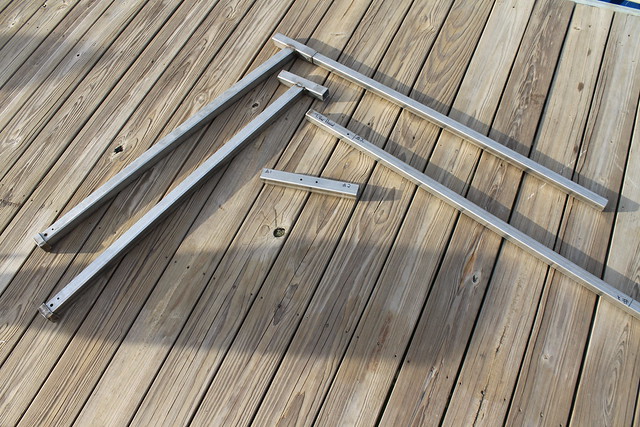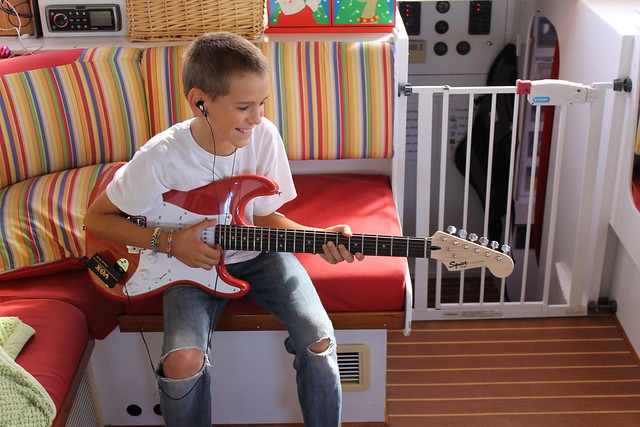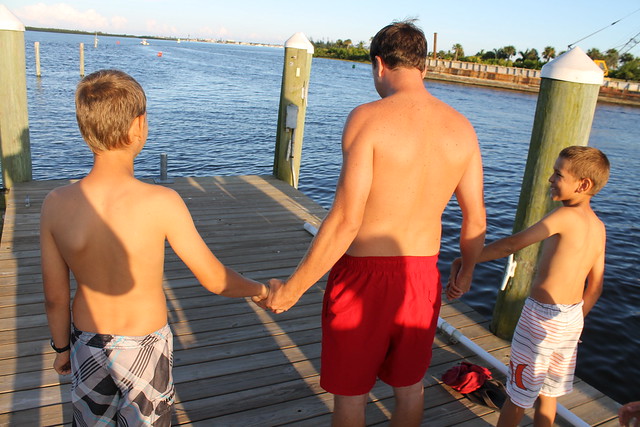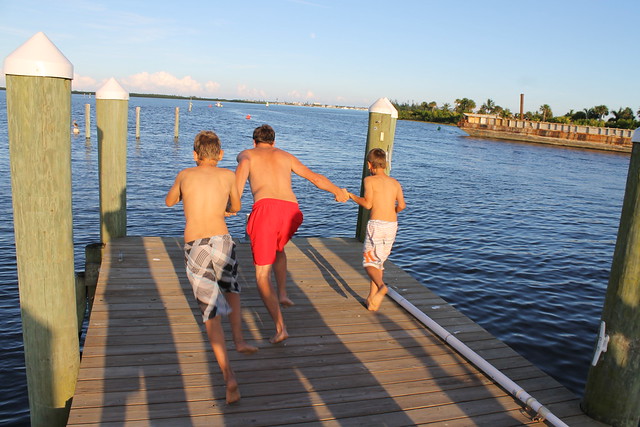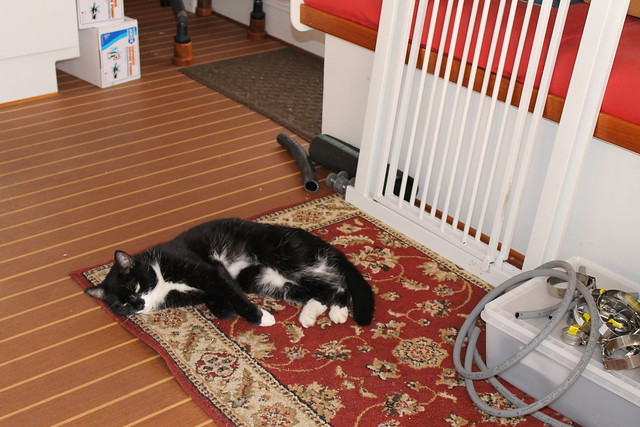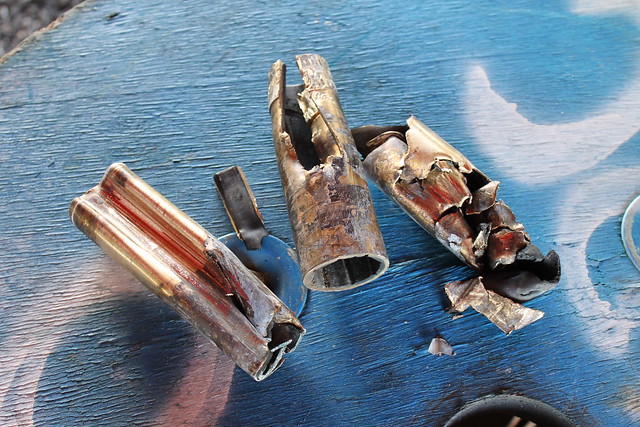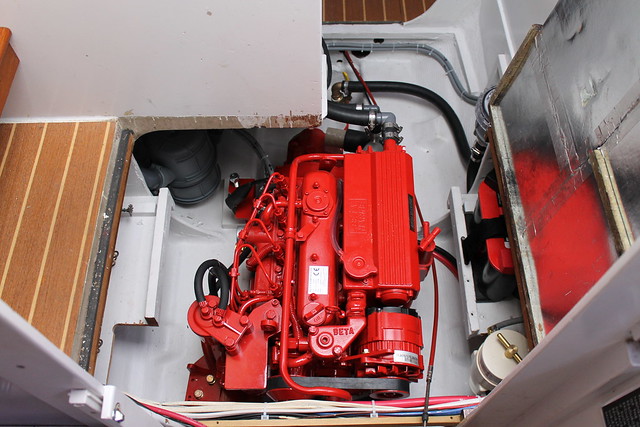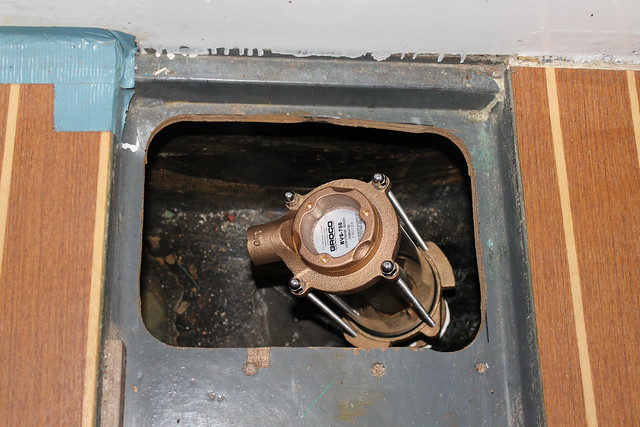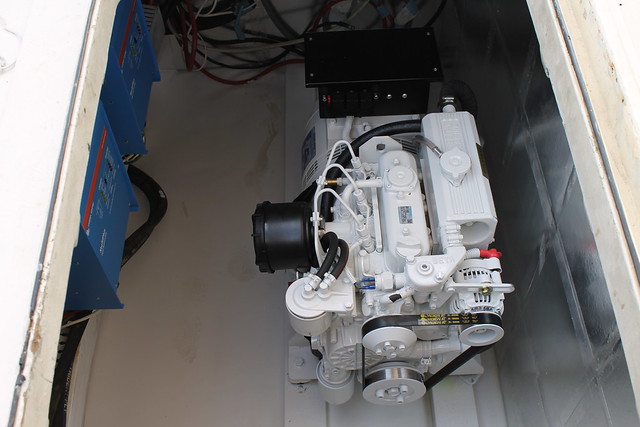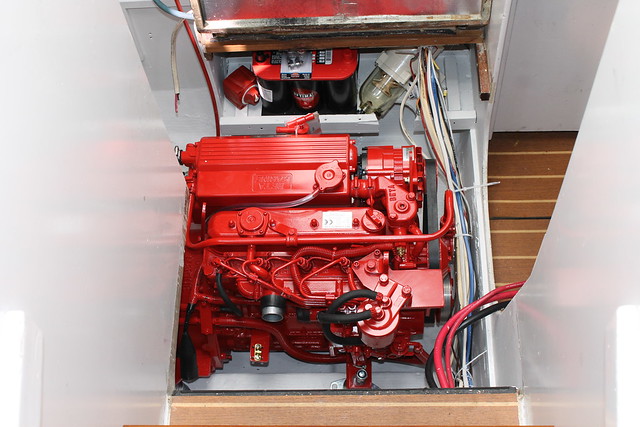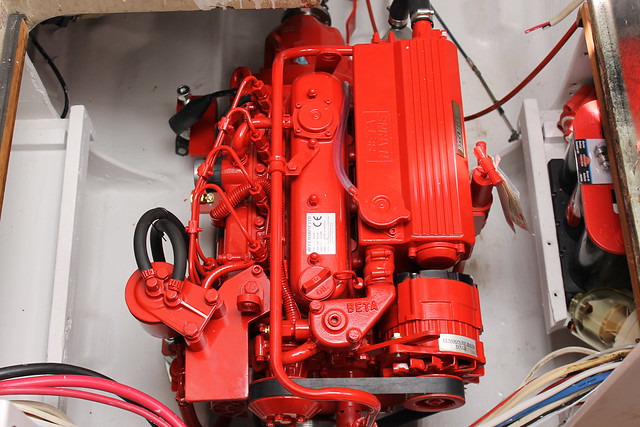"…Every boat possesses an imaginary black box, a sort of bank account in which points are kept. In times of emergency, when there is nothing more to be done in the way of sensible seamanship, the points from your black box can buy your way out of trouble. You have no control over how the points are spent, of course; they withdraw themselves when the time is appropriate. You do have control over how the points get into the box: you earn them. For every seamanlike act you perform, you get a point in the black box.
No matter how good your seamanship, there are times when there is nothing left to do but batten down the hatches and pray. If you have a credit balance of points in the box, you'll be all right. People will say you're lucky, of course. They'll say a benign fate let you get away with it. But we know better. That luck was earned, maybe over quite a long period."
When we bought Take Two, one of the first things we did was go through all her gear. It was an impressive array of mostly useless junk. At the time we merely noted the existence of her emergency tillers. These are intended to give direct control of the rudders in case the steering system fails, and are a must-have for any well-equipped offshore boat.
Eventually, at a much later date, we pulled those tillers out and test-fit them. Our impression was that they were pretty much, um… pathetic. They didn’t have the strength or leverage to apply adequate torque to the rudders. Any situation that could knock out our hydraulic steering would eat those tillers for lunch.
Vigor’s Black Box Theory amounts to Karma. Everyone knows that if you carry an umbrella it won’t rain. With that in mind, we decided to build new emergency tillers.
Take Two’s rudder posts are solid 1.5” round stainless rod with machined 1.25” square heads. At OnlineMetals.com we got some 1.5” square tube to fit over the heads and extend the posts up to deck level. Ben welded tees onto the top of these extensions, and we got a 48” piece of 1.25” square tube to slide into the tee for a tiller handle. For added strength we cut some collars from 3” square tube and tack welded them over the bottom of the rudder post extensions to prevent the tube from splitting under load.
These are our new emergency tillers. May we never need them.
Update 1/24/14
In the aftermath of the abandonment of the Alpha 42 "Be Good Too", and the ensuing questions about sizing for catamaran rudder posts, I feel compelled to add a bit more information about ours. I stated above that our rudder posts are 1.5" rod, which is what I see at the top of the tube, and to which are attached the steering quadrant and tiller arms for the hydraulic cylinders. What didn't seem important to mention at the time is that where the posts exit the bottom of the tubes and enter the rudders, they are 60mm (or 2-3/8").
I feel that the 1.5" at the top is more than sufficient for the torque loads that the steering system can reasonably supply (or endure). I could perhaps wish for more than 60mm diameter where the posts span between the rudder and the hull, and where any bending force would be felt, but the rudders are not thick enough to support anything larger. We do have heavy rudder stops to prevent the rudders from deflecting more than 30 degrees, which should keep them from developing excessive side loads.
We dropped the rudders several years ago during a steering system refurb, but the boat wasn't blocked high enough to get them out completely, so I've never seen what the joint between these two diameters looks like. If I had to guess, I'd bet that the 1.5" runs the entire length from the top of the tube to the bottom of the rudder, and the 60mm section I see betwen the hull and the rudder is a sleeve to reinforce it at that point.
Of course, you never know the condition of the welds inside the rudder. The strongest post in the world isn't going to help if the rudder itself just spins around it or falls off. As in most things, we take comfort that we have another one.

